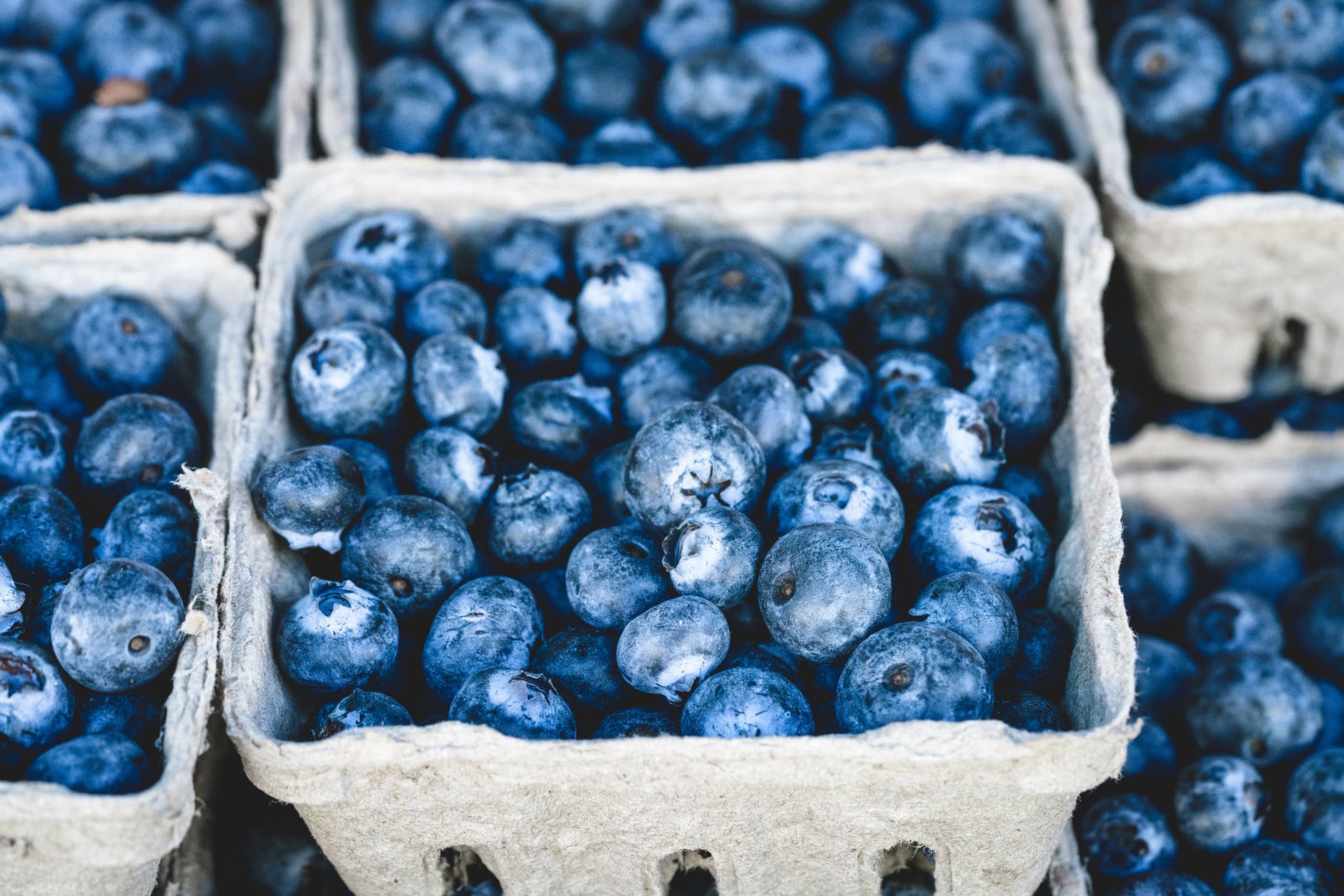Carlos Gereda did not know what he was starting when he brought some blueberries from Chile to Peru in 2006. He wanted to know if they had grown in his homeland, but he had no idea that his simple experiment would help turn Peru into the world's leading exporter of blueberries .
All this happened in just over a decade, at the same time that Mexico was climbing the raspberry export rankings to rival the market leader, Russia. A combination of climate and shrewd entrepreneurs led the Latin American nations to berry stardom.
Their sharp rise in fruit production could be a lesson for other countries amid growing food security concerns following Russia's invasion of Ukraine. The World Economic Forum's September 2022 Chief Economists Outlook warns that food prices will continue to rise in the coming years.
The report adds that investment in new food sources will be essential to secure future supplies.

THE BLUEBERRIES BOOM IN PERU
Increased production and exports of blueberries in Peru have been supported by investments by some of the country's leading fruit processors.
Gereda imported 14 varieties of blueberry plants from Chile and found four that thrived. Production has increased from just 30 tons in 2010 to more than 180,000 tons annually, making Peru the world's second largest producer after the United States. blueberries in Peru is now a $1 billion a year business.
blueberries is big business globally. According to analyst Index Box, the market was worth $8.3 billion in 2021 and will grow "significantly" for the rest of the decade, with blueberries demand exceeding 2 million tons per year by 2030.
Gereda's intuition that the Peruvian climate was suitable for blueberries paid off, in part due to the country's favorable climate. But climate change has also influenced Mexico's rise as a berry superpower.

MEXICO'S RISE IN THE RASPBERRY INDUSTRY.
Experts predict that Mexico could overtake Russia as the leading exporter of raspberries, with exports in the January-March 2022 period increasing by 22.5 percent from the previous year. Thanks to climate change, Mexican farmers can harvest even in winter, when prices are higher.
Overall, Mexico's raspberry production has increased 128-fold in just 20 years, from just 6 tons in 1986 to more than 146,000 tons in 2020, thanks to climate change that allows farmers to grow blueberries in fall, winter and spring.
Mexico also produces 10 percent of the world's strawberries and is the third largest strawberry producer. In 1961 production was around 25,000 tons, but in 2020 the country produced 558,000 tons.
Berry exports to Mexico are worth a total of $3 billion annually, making berries the country's third most valuable food export after beer and avocados, surpassing even tequila and mezcal combined.

Source: World Economic Forum









